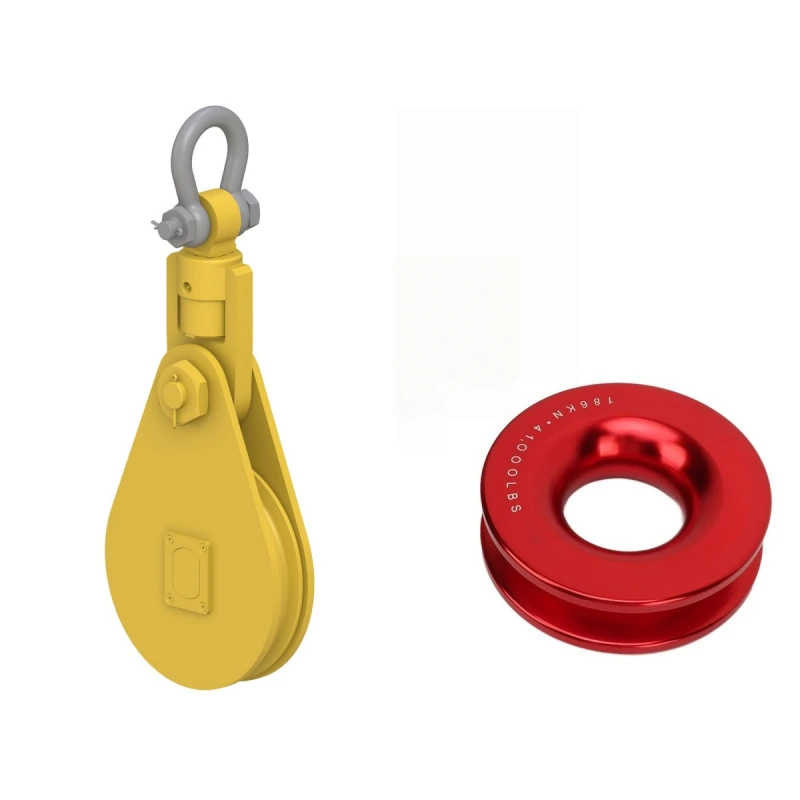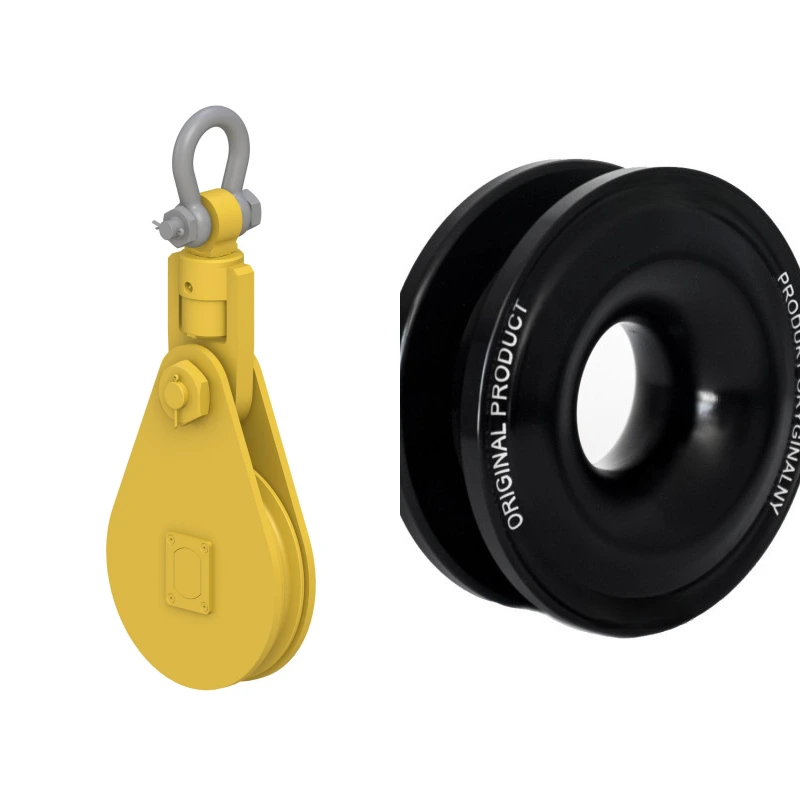A snatch block is a heavy-duty pulley with a side-opening feature, allowing you to insert rope or wire easily. You use snatch blocks to lift, pull, or tow heavy loads in demanding environments. Choosing the correct snatch block protects you and your equipment. Common safety incidents include:
- Selecting a block not rated for the load
- Improper setup or weak anchor points
- Using worn or damaged snatch blocks
Powerful Machinery supplies high-quality snatch blocks trusted across construction, marine, and transportation sectors.
Key Takeaways
- A snatch block is a heavy-duty pulley that allows for easy rope insertion, making it ideal for lifting, pulling, or towing heavy loads efficiently.
- Always check the working load limit (WLL) of the snatch block to ensure it can safely handle your load. Choose a block rated for at least double the pull of your winch.
- Inspect your snatch block before each use. Look for signs of wear, rust, or damage to ensure safe operation and prevent accidents.
- Use the side-opening feature of the snatch block to quickly thread the rope without unthreading the entire line, saving time on the job.
- Follow best practices for setup and operation, including selecting a secure anchor point and monitoring the block during use to enhance safety.
Snatch Block Basics
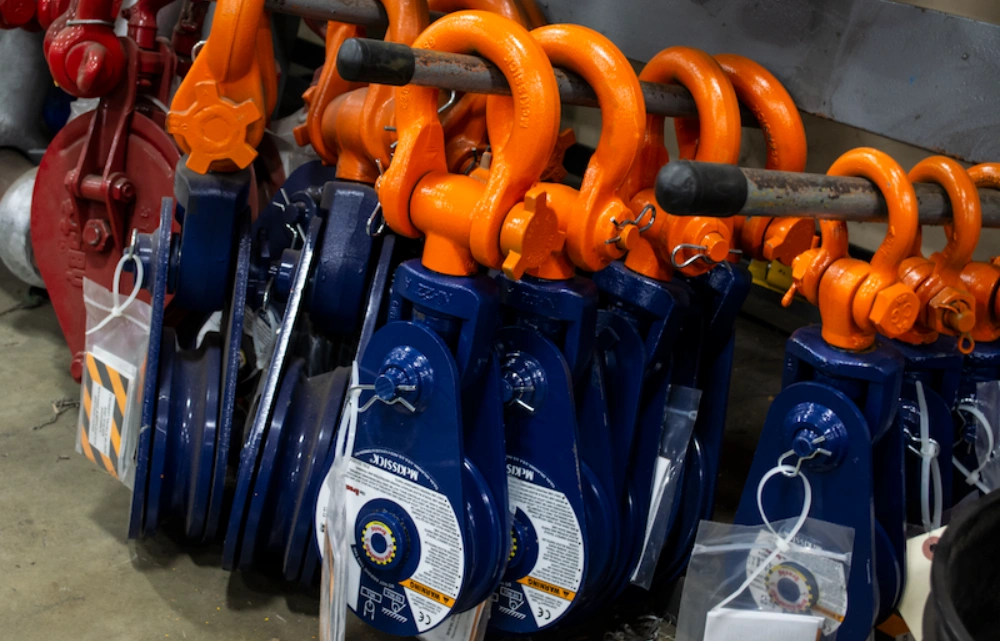
What Is a Snatch Block?
You use a snatch block when you need to lift, pull, or redirect heavy loads with greater efficiency. Unlike a standard snatch pulley, a snatch block features a side-opening gate.
This design lets you insert a rope or cable without unthreading the entire line, saving time and effort on the job site. You can rely on snatch blocks for demanding tasks in the construction, marine, and transportation industries.
Tip: A snatch block is not just a pulley. It is a specialized tool that multiplies your pulling power and changes the direction of force, making tough jobs easier and safer.
Here is how a snatch block differs from a standard pulley:
- A standard pulley block stays closed and requires you to thread the line through the axle before use.
- A snatch block opens with a gate, allowing you to fit the wire rope quickly, even in the middle of a job.
- Many snatch blocks operate on roller bearings, which reduce friction and improve efficiency.
Powerful Machinery has spent over 20 years perfecting snatch block designs to meet the needs of professionals worldwide.
Main Components
Every snatch block consists of several key parts, each made from high-strength materials to ensure safety and durability. You should know these components before selecting or using a snatch block:
| Component | Material |
|---|---|
| Sheave | Forged Steel |
| Casing | Forged Steel |
| Bearings | Brass Bushes/Roller Bearings |
- The sheave is the rotating wheel that guides the rope or cable.
- The casing holds the sheave and provides structural support.
- Bearings, either brass bushes or roller bearings, allow smooth rotation and reduce friction.
You will find these components in every Powerful Machinery snatch block, designed for maximum performance in harsh environments.
How Does a Snatch Block Work?
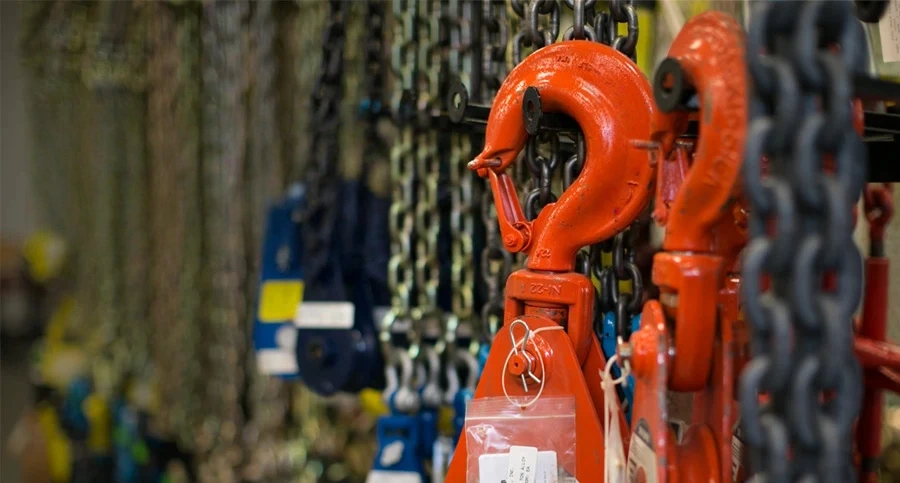
When you use a snatch block, you gain a mechanical advantage that makes lifting or pulling heavy loads much easier. The size of the sheave affects how much advantage you get. Larger sheaves generally provide more power and work with thicker ropes or cables.
- A snatch block allows you to create a three-point motion in pulling operations.
- You can change the direction of the cable, which reduces the force you need to apply.
- This setup results in a more efficient and safer lifting process.
You also benefit from improved efficiency in complex rigging systems:
- The directional change reduces rope wear by minimizing friction.
- You can insert the rope quickly without threading, which saves time.
- Snatch blocks increase efficiency in multi-point rigging setups.
Note: Always choose the right snatch block for your load and rope size. Powerful Machinery offers a full range of certified snatch blocks and snatch pulley options, ensuring you have the right tool for every job.
What is a Snatch Block Used For?
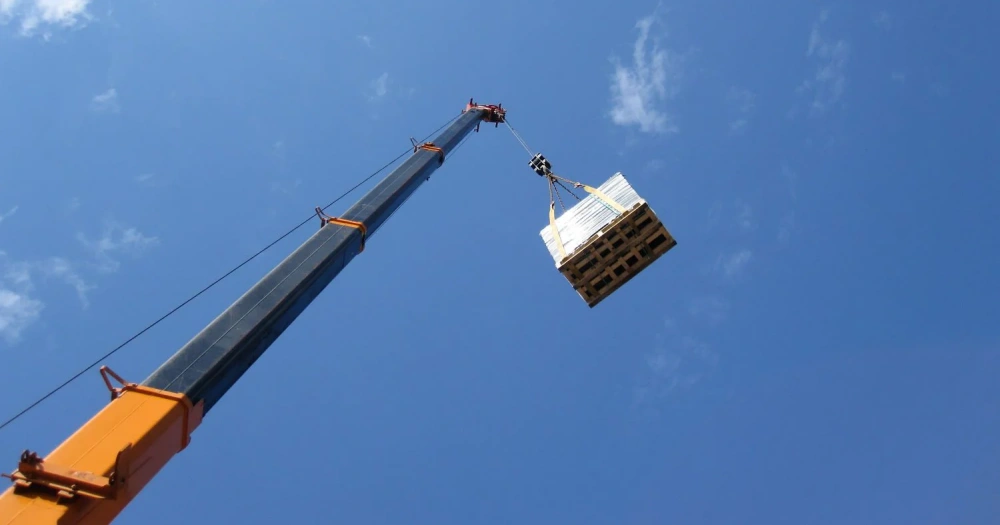
Lifting and Hoisting
You rely on a snatch block when you need to lift heavy items safely and efficiently. In construction, you often face the challenge of moving large machinery or equipment. A snatch block increases your lifting capacity and gives you better control over the direction of the load.
This control is vital for precise placement and safety on busy job sites. Powerful Machinery’s snatch blocks, such as the Snatch Block With Hook, are designed for these demanding lifting tasks. You can use them to hoist beams, relocate generators, or position structural components with confidence.
The robust construction and fatigue-rated design ensure you meet strict safety standards every time you lift.
Pulling and Towing
You use snatch blocks to make pulling and towing operations smoother and more effective. In marine environments, you can adjust jib fairleads for better sail control, guide anchor rodes to reduce deck wear, and manage spinnaker sheets for improved performance.
These tasks require reliable hardware that can handle constant stress and exposure to harsh conditions. Powerful Machinery’s snatch blocks, like the Snatch Block With Shackle, excel in these scenarios. You can also use them in transportation to redirect cables and manage heavy loads during towing.
The easy rope insertion feature saves you time and effort, especially when you need to make quick adjustments.
Tip: Always inspect your snatch block before pulling or towing. A well-maintained block ensures smooth operation and prevents unexpected failures.
Vehicle Recovery
You depend on snatch blocks for safe and effective vehicle recovery. When a vehicle gets stuck and the anchor point is not directly in line, you use a snatch block to change the direction of the winch line. This flexibility is crucial in off-road or emergencies.
You can also set up a double-line pull, which increases your winch’s pulling power and helps recover heavier vehicles. Powerful Machinery’s Tail Board Snatch Block is a trusted choice for these demanding recovery tasks.
You get the mechanical advantage needed to free vehicles from mud, sand, or uneven terrain. Regular use of snatch blocks in vehicle recovery keeps your equipment versatile and your operations efficient.
Selecting Snatch Blocks
Load Ratings
You must always check the working load limits before you select the right block for your job. The working load limit (WLL) tells you the maximum weight the snatch block can handle safely. You should match the WLL of the snatch block with the wire rope you plan to use.
For lifting, pulling, or towing, choose a snatch block that can handle at least double the pull of your winch. This extra capacity helps you avoid overloads and keeps your rigging system safe.
- When selecting a snatch block, consider:
- The WLL of both the block and the rope.
- The total weight of your load, including any dynamic forces.
- The number of lines you need for your rigging setup.
Sheave Size
The sheave size affects how well your snatch block works with different ropes. A larger sheave reduces stress on the rope and increases its lifespan. You should always coordinate the sheave diameter with your rope diameter to prevent damage and improve efficiency.
| Sheave Diameter (D) | Rope Diameter (d) | D/d Ratio | Implications |
|---|---|---|---|
| 4 inches | 0.375 inches | 10.7:1 | Increased stress, reduced rope strength, faster fatigue |
| 8 inches | N/A | 21.3:1 | Improved efficiency, less wear, longer rope life |
End Fittings
You can choose from several end fittings to match your rigging needs:
- Snatch blocks with hooks let you attach and remove the block quickly. These work well for field adjustments and towing.
- Snatch blocks with shackles provide a secure connection. You use these for permanent or high-load lifting and pulling.
- Tail board snatch blocks offer versatility. You can reeve the rope without removing fittings, making them ideal for fast rigging changes.
Powerful Machinery Product Options
Powerful Machinery offers a full range of snatch blocks for lifting, pulling, towing, and rigging. The Snatch Block With Hook gives you a quick attachment for field work. The Snatch Block With Shackle delivers secure connections for heavy-duty lifting and pulling.
The Tail Board Snatch Block allows for fast rope changes in complex rigging setups. Each product meets or exceeds ASME B30.26 and other major safety standards. You can trust these blocks for certified performance in construction, marine, and industrial applications.
Always select the right block for your job. Check certifications and follow safety guidelines to protect your team and equipment.
How to Use a Snatch Block Safely?
Setup Steps
Setting up a snatch block correctly is the foundation of safe lifting and pulling operations. You must follow each step carefully to ensure both efficiency and safety.
- Inspect the Equipment
Begin by checking the snatch block for any signs of rust, deformation, or wear. Examine the sheave, casing, and end fittings. Make sure all moving parts rotate smoothly and that the block matches your load requirements. - Select the Right Location
Choose a secure anchor point that can handle the expected load. The anchor must be stable and positioned to allow for a straight line of pull or the desired change in direction. - Open the Block
Use the side-opening feature to access the sheave. This design lets you thread the rope or cable without removing it from the winch or load. - Thread the Rope
Carefully thread the rope or wire through the sheave, ensuring it sits properly in the groove. Avoid twisting or crossing the rope, as this can cause uneven wear. - Attach the Block
Secure the snatch block to the anchor point using the appropriate end fitting—hook, shackle, or tail board. Double-check that the connection is tight and that the block is oriented correctly for the intended direction of pull. - Monitor the Operation
As you begin lifting or pulling, keep a close eye on the block and rope. Watch for any unusual movement, noise, or signs of stress. Stop immediately if you notice anything abnormal.
Tip: Always keep your hands and body clear of the rope and block during operation. Sudden movements can cause serious injury.
Best Practices
You can maximize safety and performance by following these best practices every time you use a snatch block:
- Perform a Visual Inspection
Look for rust, corrosion, or deformation on all parts. Pay special attention to the sheave, hooks, and shackles. - Check Functionality
Rotate the sheave to ensure smooth movement. Test any locking mechanisms or brakes. - Verify Load Capacity
Confirm that your load does not exceed the working load limit. Overloading is a leading cause of equipment failure. - Inspect Chains and Hooks
Examine chains for elongation or twisted links. Check hooks for cracks or bends. - Lubricate Moving Parts
Apply lubricant to the sheave and bearings as recommended by the manufacturer. Proper lubrication reduces friction and extends the life of your equipment. - Use Certified Equipment
Choose snatch blocks that meet or exceed industry standards. Powerful Machinery’s products offer exceptional strength, wear resistance, and multiple safety features, as shown below:FeaturePowerful Machinery Snatch BlocksCompetitors’ Snatch BlocksConstruction MaterialHigh-strength steelVaries by brandDurabilityExceptional strength, wear resistanceVaries by brandSafety FeaturesMultiple hook and shackle configurationsVaries by brand
Safety precautions: Always follow the manufacturer’s guidelines and never modify your snatch block or its components.
Common Mistakes
Even experienced operators can make mistakes that compromise safety. You should avoid these common errors:
- Overloading the snatch block beyond its rated capacity.
- Failing to inspect the block before each use.
- Using damaged or worn ropes, hooks, or shackles.
- Attaching the block to a weak or unstable anchor point.
- Neglecting to monitor the operation during lifting or pulling.
- Allowing the rope to twist or slip out of the sheave groove.
- Ignoring unusual noises or visible signs of stress during use.
If you notice physical damage or suspect overloading, stop the operation immediately and replace the affected components.
Maintenance Tips
Regular maintenance keeps your snatch block in top condition and prevents unexpected failures. You should establish a routine that includes the following steps:
- Inspect your snatch block before every use. Look for signs of wear, corrosion, or damage.
- Lubricate the sheave and bearings as needed. Use the pressure lube fittings found on Powerful Machinery snatch blocks for easy application.
- Protect your equipment from harsh weather. Store blocks in a dry, covered area when not in use.
- Replace any damaged or worn parts immediately. Never use a block with compromised components.
- Keep a maintenance log. Record inspections, lubrication, and any repairs to track the condition of your equipment.
Neglecting maintenance can lead to equipment malfunction, accidents, property damage, and even legal consequences. Regular care ensures your snatch block delivers reliable performance and extends its service life.
Conclusion
You improve safety and efficiency when you understand snatch blocks and choose the right product for your job. Powerful Machinery demonstrates its commitment to quality and safety through high-tensile steel construction, clear markings, and compliance with ASME B30.26 and EC Machinery Directive standards.
- Bronze bushings and grease fittings extend sheave life.
- Each block displays the model, wire rope size, and warnings.
- Products meet harmonized EN standards.
You can access literature, video tutorials, and blog posts for further guidance. For specialized applications, consult experts in mining, ship repair, power utilities, and millwright work. Visit Powerful Machinery’s website for more information.
FAQ
What is the difference between a snatch block and a regular pulley?
A snatch block features a side-opening gate for quick rope insertion. You do not need to unthread the entire line. Regular pulleys require you to thread the rope through the axle before use.
How often should you inspect your snatch block?
You should inspect your snatch block before every use. Look for signs of wear, corrosion, or deformation. Regular checks help you prevent accidents and extend the life of your equipment.
Can you use a snatch block with synthetic rope?
Yes, you can use a snatch block with synthetic rope. Always match the sheave size and groove profile to your rope type. This practice reduces wear and improves safety.
Tip: Always check the manufacturer’s recommendations for rope compatibility.
What certifications do Powerful Machinery snatch blocks meet?
| Certification | Standard |
|---|---|
| ASME B30.26 | Safety |
| ISO9001 | Quality |
| TUV Rheinland | International |
You can trust Powerful Machinery snatch blocks to meet or exceed major global safety and quality standards.

